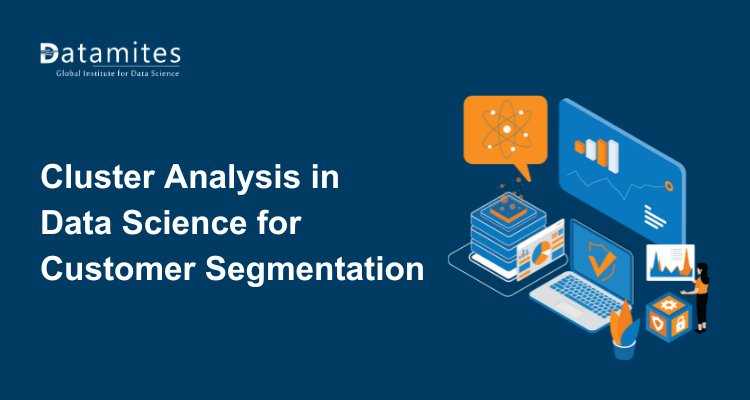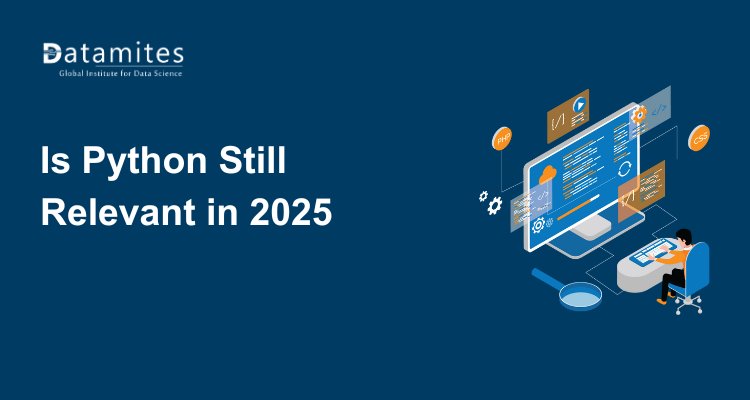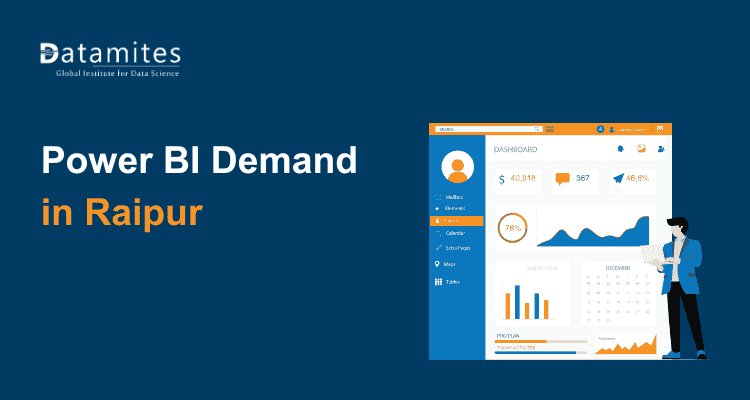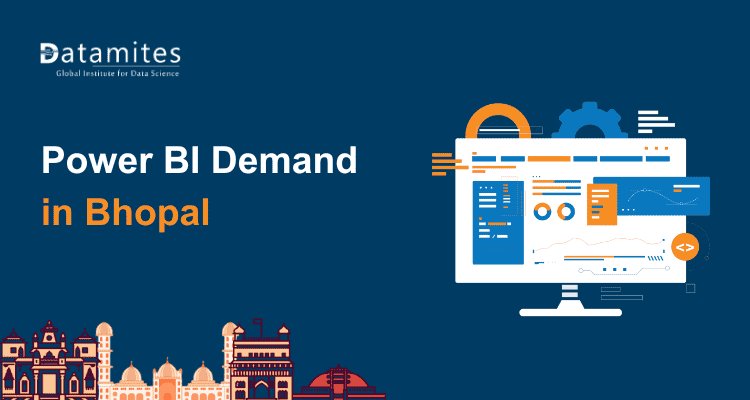How Data Science Uses Cluster Analysis for Customer Segmentation
Cluster analysis in data science helps businesses group customers based on shared traits and behaviors, enabling targeted marketing and personalized engagement. It transforms raw data into actionable insights that drive smarter customer-focused strategies.

Data science leverages advanced techniques to make sense of large and complex datasets, and one of its most powerful tools is cluster analysis. By identifying natural groupings within data, cluster analysis helps businesses uncover patterns and relationships that are not immediately obvious. This method allows organizations to segment customers based on behavior, preferences, or demographics, enabling more precise decision-making and strategic planning.
Customer segmentation through cluster analysis is a key application of data science in business. By grouping similar customers together, companies can design personalized marketing campaigns, improve product recommendations, and enhance overall customer experiences. This targeted approach not only increases engagement and loyalty but also helps organizations allocate resources more efficiently. As competition grows across industries, leveraging cluster analysis to understand and serve different customer segments has become essential for driving growth, boosting revenue, and maintaining a competitive edge in today’s data-driven business environment.
What Is Cluster Analysis in Data Science?
In the world of data science, cluster analysis plays a vital role in uncovering hidden patterns and relationships within large datasets. It’s a powerful unsupervised machine learning algorithm used to group similar data points together helping organizations make smarter, data-driven decisions.
What Is Cluster Analysis?
Cluster Analysis, also known as clustering, is the process of dividing a dataset into groups (called clusters) so that items in the same group share similar characteristics, while items in different groups are distinct from each other.
How Cluster Analysis Works
The process of clustering typically follows a few key steps:
- Data Collection: Gather the data that needs to be analyzed.
- Data Preparation: Clean, normalize, and scale the data so that each feature contributes equally.
- Selecting a Clustering Algorithm: Choose the right method depending on your data type and objective.
- Model Training: The algorithm identifies similarities and assigns each data point to a cluster.
- Evaluation: Review the clusters to ensure they make logical and business sense.
Refer to these articles:
- Top Databases Every Data Scientist Should Know in 2025
- Data Lake vs Data Warehouse: Which Is Right for You?
- Understanding Data Archiving in Data Science
Why Cluster Analysis Matters in Data Science
Cluster analysis enables data scientists to discover hidden structures and derive insights from raw, unlabeled data. By grouping similar data points, it simplifies complex datasets, making them easier to understand and analyze.
This not only enhances decision-making but also supports predictive modeling, personalization, and business strategy development.
Cluster analysis is more than just a data grouping technique; it's a powerful tool for understanding relationships and patterns within data. Whether it’s improving marketing strategies, detecting anomalies, or segmenting customers, clustering remains a cornerstone of modern data science.
The Importance of Cluster Analysis for Customer Segmentation
Cluster analysis is a key tool in data science that helps businesses divide their customers into meaningful groups based on shared characteristics or behaviors. Understanding these segments allows for more targeted strategies, better engagement, and improved business outcomes.
- Identifies Distinct Customer Group: Cluster analysis helps to group customers with similar characteristics or behaviors. This makes it easier to understand the diversity within a customer base and recognize different types of customers.
- Enables Personalized Marketing: By analyzing clusters, businesses can customize marketing messages and campaigns for each group.
- Improves Customer Retention: Cluster analysis identifies patterns in customer behavior, such as preferences and buying habits.
- Enhances Product and Service Development: Clusters reveal customer needs, preferences, and expectations.
- Boosts Business Efficiency: By understanding which customer segments are most valuable or responsive, businesses can allocate resources and marketing budgets effectively.
- Supports Data-Driven Decision Making: Cluster analysis converts complex, raw data into actionable insights about customer behavior and trends.
Cluster analysis transforms raw data into actionable customer insights. By segmenting your audience scientifically, businesses can deliver more targeted campaigns, improve customer relationships, and drive long-term growth.
Refer to these articles:
- Your Roadmap to Becoming a Data Science Architect
- The Role of Data Science in Protecting Cultural Heritage
- A Beginner’s Guide to Linear Programming for Data Science
How Data Scientists Perform Cluster Analysis
Data scientists perform cluster analysis through a step-by-step process to group similar data points and uncover patterns:
- Data Preparation: Clean data, handle missing values, select relevant features, and scale variables.
- Algorithm Selection: Choose the appropriate clustering algorithm (e.g., K-Means, Hierarchical, DBSCAN, Gaussian Mixture Models) based on data type and cluster shapes.
- Determine Number of Clusters: Use methods like the Elbow Method, Silhouette Score, or Gap Statistic.
- Apply Algorithm: Assign cluster labels to each data point.
- Evaluate Clusters: Check cohesion and separation; visualize clusters with scatter plots, PCA, or t-SNE.
- Interpret Results: Extract actionable insights such as customer segments, anomalies, or optimization opportunities.
This approach ensures a clear, systematic, and practical workflow for cluster analysis, strengthening essential data science skills and enhancing analytical expertise.
Real-World Applications of Customer Segmentation
Customer segmentation is widely used by businesses to group customers based on shared characteristics, behaviors, or preferences, enabling more targeted and effective strategies. In marketing, companies create personalized campaigns for specific segments, improving engagement and conversion rates. Retailers use segmentation to optimize product recommendations, promotions, and loyalty programs for different customer groups.
In finance, banks and fintech firms segment customers to offer tailored loans, credit cards, or investment options. E-commerce platforms analyze purchasing behavior to enhance user experience and retention. Even in healthcare, segmentation helps providers design personalized wellness programs or preventive care initiatives. Overall, customer segmentation allows organizations to make data-driven decisions that increase satisfaction, loyalty, and revenue.
Refer to these articles:
Benefits of Using Cluster Analysis in Business Decision-Making
Cluster analysis helps businesses uncover patterns and group similar data to make smarter, more informed decisions.
- Understand Customers Better
- Improve Marketing
- Guide Product Development
- Optimize Operations
- Reduce Risks
- Gain Competitive Advantage
By leveraging these insights, businesses can act strategically, stay ahead of competitors, and drive sustainable growth.
Many companies are now using cluster analysis to understand and segment their customers, enabling more personalized marketing and data-driven decisions. According to Economic Times, India’s data science education market, valued at USD 204.23 million in 2023, is expected to reach USD 1.391 billion by 2028, with data-related jobs projected to grow by 57%, highlighting rising demand for analytics skills.
Cluster analysis helps identify natural groupings within a customer base by examining behavior, demographics, and engagement patterns. This allows businesses to tailor offerings, improve customer experiences, and optimize marketing campaigns. Ultimately, cluster analysis empowers organizations to leverage customer data effectively, driving smarter decisions, higher engagement, and better business outcomes. Different clustering methods suit different data types, and combining approaches often delivers the most actionable insights.
Now is the perfect time to start your journey in data science. By enrolling in a data science course in Bangalore, Hyderabad, Pune, Ahmedabad, Chennai, Coimbatore, or Mumbai, you gain access to hands-on learning, practical projects, and expert career guidance to confidently step into this rapidly growing field. With industries worldwide actively seeking skilled data science professionals, the right training can open doors to a variety of rewarding career opportunities.
DataMites Institute stands out as a leading training provider, known for its industry-aligned curriculum and strong focus on experiential learning. Through live projects and valuable internship opportunities, DataMites ensures learners not only grasp theoretical concepts but also apply them effectively in real-world scenarios.
The Certified Data Scientist courses at DataMites, accredited by IABAC and NASSCOM FutureSkills, are designed to build expertise in advanced analytics, machine learning workflows, and essential data science tools. For offline learners, DataMites offers data science training in Pune, Hyderabad, Chennai, Mumbai, Bangalore, Ahmedabad, and Coimbatore, while online programs provide the same high-quality education to students worldwide.





